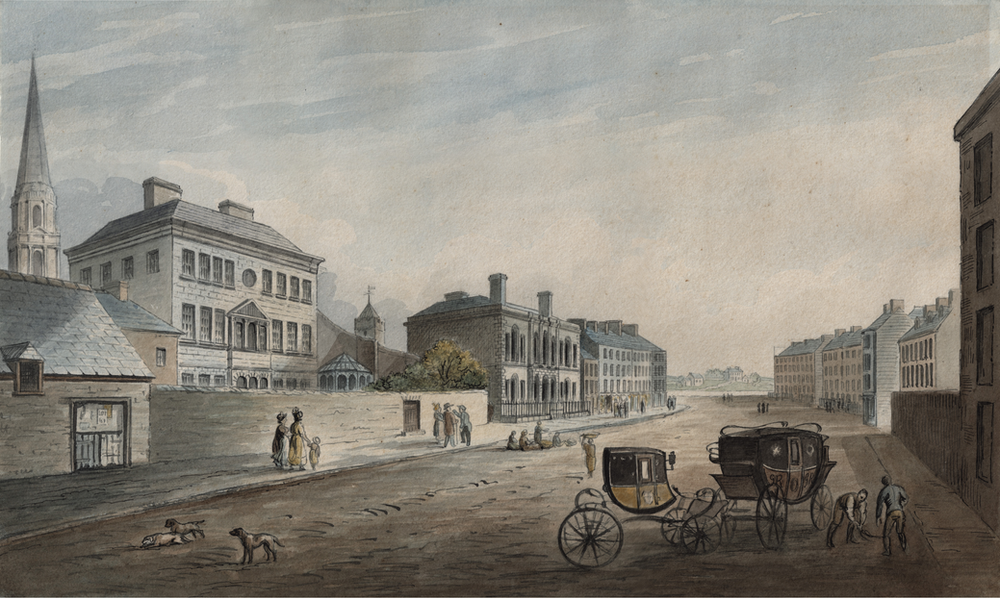
If you’ve ever been into the Bishop’s Palace you no doubt remember it as a place of elegant furniture, beautiful paintings and overall splendour, but did you know that in 1820 the Palace was the site of a ghastly double-murder?
In the 1820s the Bishop’s Palace was home to a nice couple named Richard and Catherine (Kitty) Darcy. Richard was the gardener here for nine years and Catherine was a servant in the house. They had no children and has saved a nice little sum of €200 between them. The staff were like a little family, the Bishop was pleasant enough to work for and everything seemed a little idyllic – but then they both got terribly sick, a unexplained, wasting sickness that showed no sign of stopping.

A local doctor named Thomas Mackesy (Son of Billy the Bleeder but we’ll get to him in another blog) was called to help the Darcys but found something of a mystery on his hands. Both of the Darcys were extremely unwell with symptoms of what seemed to be cholera. Kitty was much worse than her husband but both were weak, vomiting constantly and complaining of a burning in their stomachs. The doctor prescribed a medicine for them which seemed to work well enough that Richard Darcy was able to get out of bed for long enough to visit his wife but almost immediately he got worse again.
In this particular mystery Dr. Mackesy shall be our Sherlock Holmes and his assistant the lovely Mrs. Rickards, Housekeeper of the Bishop’s Palace. Mackesy had the medical know-how that’s true, but Mrs. Rickards had unprecedented access and knowledge of everything that went on in the house she managed. Mrs. Rickards also had her eye on Richard Darcy’s little brother James, and she had quite decided that she didn’t care for the man in the slightest.
James had come to visit a year previously and had been living in the garden house with his brother and his wife ever since. He was a helpful sort, always bringing them tea to soothe their stomachs, water to soothe the burning sensation, and wine to sooth their pain. Mrs. Rickards’ suspicions were first raised when it became apparent that after the doctor’s visits Richard would be better for a time but after being nursed by his younger brother he would get decidedly worse again. When she sent whey-wine to Richard for him to drink his brother reported it made him ill, something which confused the housekeeper because she had had some of the same wine herself and found no side-effects. When she asked to see the wine Richard told her that James had thrown the remnants into the fire.
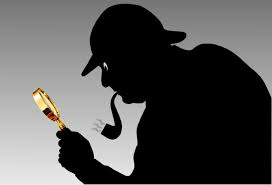
She started watching him a little closer after that, and found that sometimes the water he gave his ailing brother seemed to be a little milky in colour and when the doctor left medicine behind the quantity seemed to grow and the colour seemed to change. James denied that there was anything amiss but despite his efforts and protestations Mrs. Rickards managed to take the medicine from him and bring it to the doctor, Richard she told him was not ‘ getting fair play for his life’. Upon testing the milky colour proved to be the result of oxide of white arsenic, which he certainly knew he had not added himself and which he told the courts afterwards was one of the deadliest available poisons.
By this stage Richard could no longer feels his extremities or move him limbs beneath the knees and elbows and Kitty had succumbed to her own illness. They were now racing against a cruel clock. Some further investigation proved that the arsenic had likely come from Mackesy’s apothecary, run by a relative of the doctor himself. He had supplied arsenic to a serving boy who brought a note from the Palace which claimed it was needed to kill rats who had infested the melon pit. There was no obvious damage to the melon pit and no more rats than usual. The note was not signed by the gardener, but we can guess who it was signed by: James Darcy, who claimed to be filling in for his brother while he recuperated and convinced the serving boy to procure the arsenic for him – though no poison was ever laid for the rats at all.
So what’s our motive? Well that lovely little €200 nest egg was no small temptation for James, a man with no prospects, no trade and no job. According to Richard’s will after his death all his possessions were to go to Kitty, his wife – but if she pre-deceased him James was due to get the lot. James also seemed to have his eye on the job that Richard held at the palace and told the serving boy who unwittingly secured the poison for him that ‘his brother was very bad and would not recover and that he, James, would like to live in the palace with the bishop’.
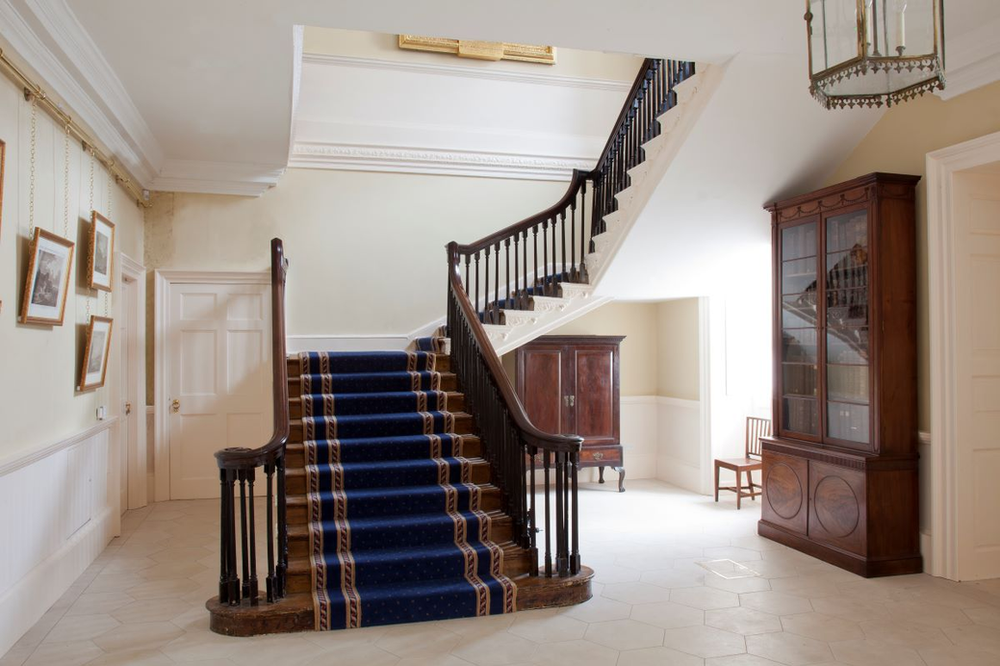
When Mackesy gave his findings to the Bishop it was too late to save Richard but the two men went to the garden house all the same and asked for the dying man’s will. James had the will in his own possession and when they forced him to hand it over and asked Richard if he still wanted his €200 and all he owned to go to his brother, ‘not a fraction’ he replied ‘Do you think I would leave my property to a man who had removed my wife from this world and reduced me to the state I am in?’ . On October 2nd, after Richard followed his wife to the next life, Mackesy performed an autopsy and found unmistakable signs of poisoning by a corrosive substance such as white arsenic. The jig was up.
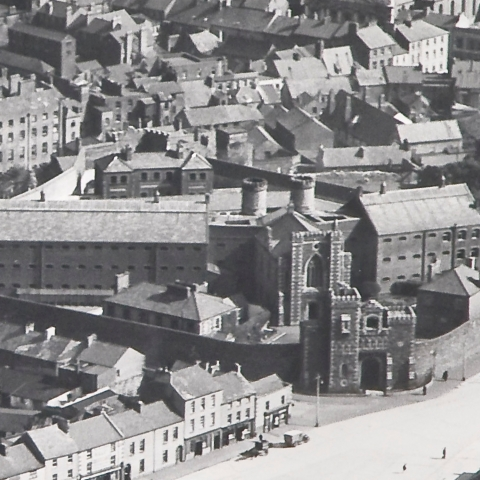
An inquest was held on October 2nd which returned a change of Fratricide against James Darcy who was found guilt of the crime by the 4th of the same month. Darcy was sentenced to be hanged for his crimes in March of 1821, his body to be afterwards given for dissection. Three days later the sentence was carried out ‘in the middle of the street just above the courthouses and directly opposite the middle end of Mayor’s Walk’. Unfortunately for James the gallows had fallen into disrepair on the day of his execution as he was the first criminal to be executed since 1799. As a result a temporary gallows had to be constructed by placing a high beam across two high triangles. Despite his sentence three days earlier it seems that for whatever reason James was immediately buried afterwards in St. Thomas’s Churchyard, which of course now lies unceremoniously beneath a carpark.
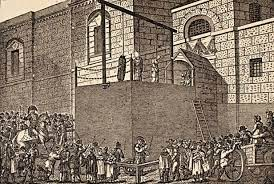
So, think about that the next time you’re sitting in the Palace gardens enjoying a nice sunny afternoon, or better yet pop into the palace and learn about all the Mackesys, as well as the city’s very own doctor turned detective.


